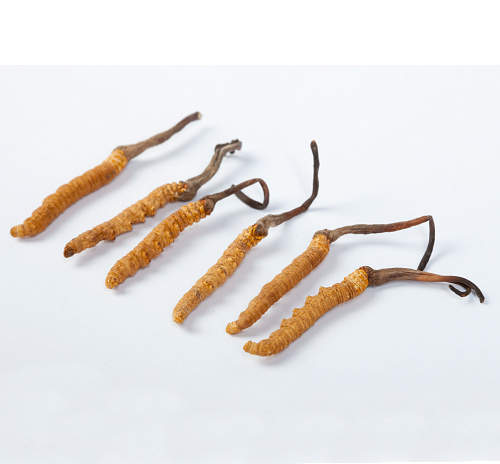
Cordyceps Sinensis – The Gold of Tibet During recent years, the price for caterpillar fungus (cordyceps sinensis) has remained quite high. This fact has encouraged increasing numbers of people to participate in its harvest and sale. In many Tibetan regions, this has led to caterpillar fungus becoming a vital source of subsistence income. In places where it proliferates, it has become the source of local welbeing and prosperity. Even though many people have started to rely on caterpillar fungus for their living, it can in no way be described as a sustainable resource. There are still debates concerning the likely impact of the excessive harvesting of caterpillar fungus. In addition, other factors, such as climate change, Chinese environmental policies and even fluctuations in the global economy, all have an influence on the availability of caterpillar fungus, the level of demand and its price in the marketplace. A loss of this resource in Tibetan areas, however, would hit the local economy hard. Currently, the income from established local industries, such as herding and farming, cannot cover the increasing expense involved in the modernization of Western China and there is still a significant lack of alternative sources of income for the rural Tibetan population.
Abstract of the article was published with approval of the author Jarmila Ptackova
 Festival of Tibetan Films and Films about Tibet FLIM Prague
Festival of Tibetan Films and Films about Tibet FLIM Prague